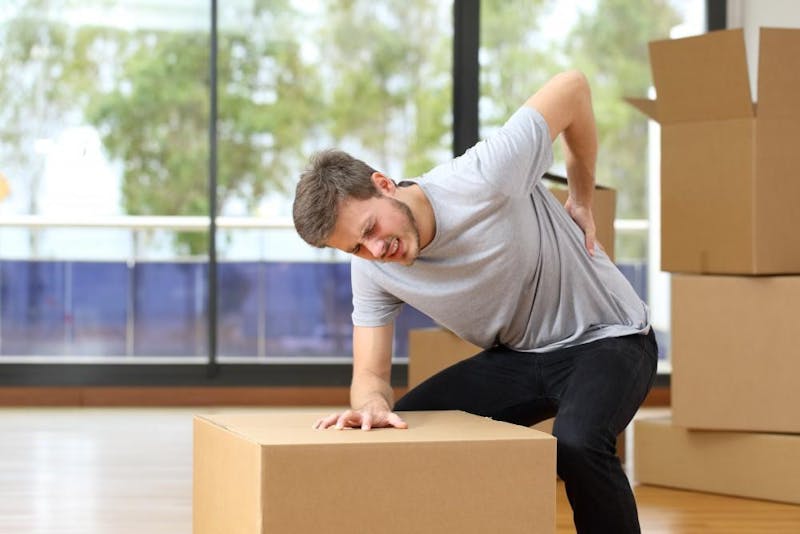
Spine specialists Steve Paragioudakis, MD, and Marc Menkowitz, MD, at the Center for the Functional Restoration of the Spine (CFRS), provide expert diagnostic services and top-level orthopaedic care for conditions that affect your spine, including kyphosis.
Read what the CFRS team says about preventing and treating kyphosis.
Understanding kyphosis
Kyphosis is an exaggerated outward curvature of the upper spine that can lead to a hunched, rounded, or stooped posture.
Some curvature is customary and even preferable since the gentle built-in curves help support and stabilize the spine. However, should the curve become too great, kyphosis can cause moderate to severe back pain, alter your appearance, weaken back muscles, and eventually affect mobility.
A significant curvature can also compress the digestive tract and lead to acid reflux, difficulty swallowing, and other problems with digestion.
What causes kyphosis?
Kyphosis is sometimes caused by age-related changes in your spine that affect its structural stability and support. This includes osteoporosis, which weakens bones and may lead to compression fractures of the spinal vertebrae.
Degenerative disc disease is another common cause of kyphosis, occurring when the cushioning discs between the spinal vertebrae thin and flatten with age. This action pulls the spine out of alignment and may increase the outward curvature of the upper spine.
Congenital malformation of the spine can also cause kyphosis that’s present at birth and may worsen significantly as the child grows. Trauma may also contribute to an exaggerated kyphotic curve of the upper back.
However, poor posture is the most common cause of kyphosis. This type is related to persistent slouching that can stretch spinal ligaments and contribute to abnormal vertebral formation. Postural kyphosis is more common in women than men and may appear in adolescence.
Although you may notice a change in the appearance of your upper back and shoulders, postural kyphosis rarely causes pain or other problems.
Preventing and treating osteoporosis
Developing proper posture, maintaining an active lifestyle, and incorporating healthy habits into your daily routine can support your spine’s overall health and decrease your risk of kyphosis. If you need help identifying and practicing good posture, you may benefit from a physical therapy program focusing on strengthening, flexibility, and proper spinal alignment.
If you’ve developed pain, mobility issues, or other complications associated with kyphosis, your CFRS provider may recommend medication for discomfort, bracing, or surgery to restore spinal stability. During surgery for kyphosis, we correct the curvature using spinal instrumentation to fuse the involved vertebrae and prevent future progression.
For more information about kyphosis or any of the services we offer, schedule an evaluation at CFRS today by calling the office or requesting an appointment online.

